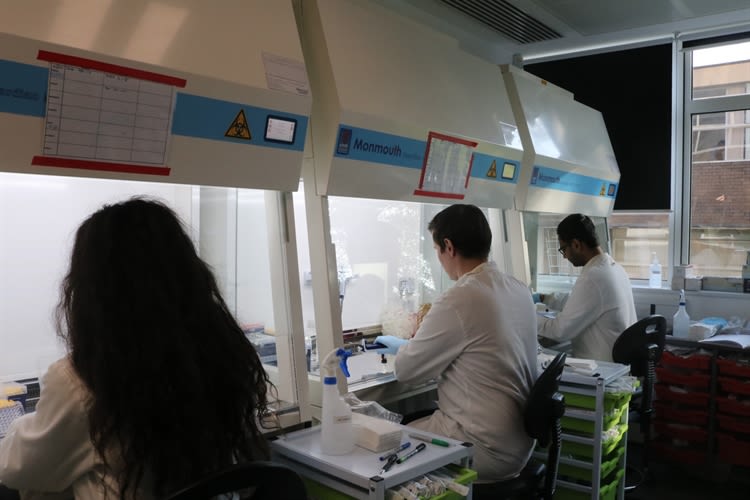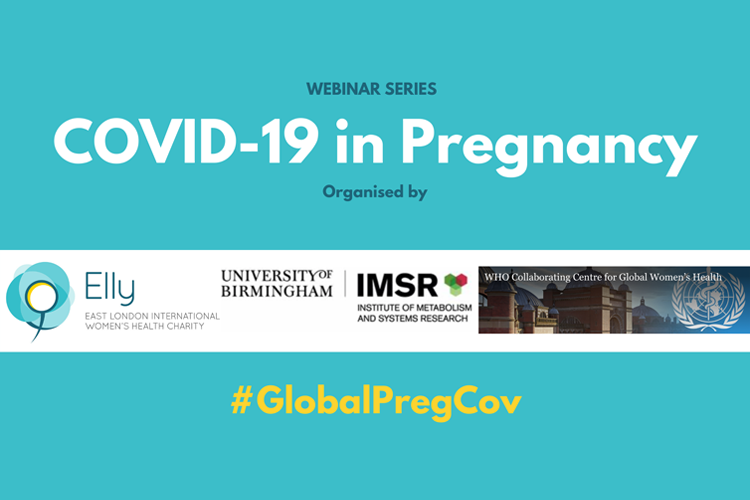Research in an emergency
Pregnancy and COVID-19

Scientific research norms have been upended as dramatically as all other aspects of life since the novel coronavirus, formally known as SARS-CoV-2, struck the world in January. The speed at which researchers are publishing data, the scale of collaboration across disciplines, and the vast sums of money invested in vaccine development, are all impressive responses to the greatest public health emergency for a century.
The need to share insights quickly has clear benefits. When SARS-CoV-2 was identified, its entire genetic makeup was published online in days; during the 2003 SARS outbreak, the process took three months. Gene sequencing efforts across the world, to analyse its mutations and evolution, was made possible by online sharing tools and a spirit of collaboration. Many studies are being published without peer review, as pre-prints or even press releases. Between January and May, the number of publications on COVID-19 doubled every 14 days, reaching 1,363 in early May alone.
The speed and quantity of research publications poses a real risk: the process of peer review, and evaluations to sift good quality research from bad, are vital checks that weed out misleading or weak data. Those dangers are more pronounced in a pandemic context when governments and public health agencies make major decisions, from whether to initiate quarantines to the re-purposing of existing medicines to treat patients, based on what the science community is publishing.
Even The Lancet and New England Journal of Medicine, two of the world’s leading journals, retracted studies at the request of the authors, due to flaws later discovered in source data. The articles focused, respectively, on the evidence for using chloroquine and hydroxychloroquine as a treatment, and on the potential harmful effects of blood pressure medications for those with COVID-19. More broadly, the pandemic has prompted an outbreak of misinformation as exponential as the virus, leading the WHO to warn of an ‘infodemic’.
Bringing order to chaos: The rise of ‘living systematic reviews’
The blizzard of scientific publications can, without careful management and sifting, result in a “cacophony of noise, making it difficult for clinicians and guideline-makers to have a handle on the totality of evidence,” argues Shakila Thangaratinam, professor of maternal and perinatal health at the University of Birmingham. “Research is happening in a few weeks that usually takes months or years.”
Shakila Thangaratinam, professor of maternal and perinatal health at the University of Birmingham
Shakila Thangaratinam, professor of maternal and perinatal health at the University of Birmingham
Professor Thangaratinam is leading an effort to bring rigor and order to one crucial research domain: whether and how COVID-19 affects pregnant women and their babies; whether it manifests differently; and whether pregnancy alters risk profiles. Disease links to childbirth complications, mechanisms of mother-child virus transmission, and whether racial and ethnic status exerts the same risk influence in pregnant women, are all critical questions for health systems.
To support decision-makers, Thangaratinam initiated the PregCOV-19 project, which is evaluating the emerging maternal and child health evidence base by utilizing systematic reviews - the time-honored methodology to critically appraise published research and synthesize findings. Studying the data from various primary studies involving COVID-19 in pregnant and postnatal women, PregCOV-19’s aim is to produce ‘living systematic reviews’ as its team, which brings together Birmingham academic staff and medical students and partners across the world, continuously updates the platform as new findings emerge.
PregCOV-19 is focused on six themes: prevalence of COVID-19 among pregnant women; identifying if black and minority ethnic women, older mothers, mothers with pre-existing problems and obese women are at higher risk of the disease and its complications; mother-to-child transmission; outcomes of mothers and babies with COVID-19; and whether clinical symptoms are different during pregnancy or postpartum. In mother-to-child transmission, the reviewers are exploring risks in utero, intrapartum (during childbirth) and postpartum, exploring evidence on, for instance, the presence and persistence of the virus in amniotic fluid, cord blood, placenta, and breast milk. In the domain of maternal outcomes, evidential themes include: rates of admission of intensive care units, rates of diagnosis of pneumonia; and the frequency of pregnant women requiring invasive ventilation. All of these questions are vital to inform hospitals and expectant mothers about the best way to manage risk and treat the disease where it strikes.

Strength in numbers
PregCOV-19 is, in one respect, an attempt to re-impose research best practices in a time when urgency has taken precedent over protocol. But it is also very much a product of the pandemic era in the speed at which the project itself has been assembled and the massive volunteer energy it has harnessed. The university has assembled ‘an army of researchers, from senior to junior’ carrying out the work continuously, says Professor Thangaratinam. This ‘army’ includes, unusually, medical students who want to lend a hand to the pandemic response and who, Professor Thangaratinam says, can be equipped with the necessary tools to help. “I established a mechanism to find students interested to work with us and to learn and the response has been fantastic.”

PregCOV-19 is aided by its collaboration with the World Health Organization (WHO) which links the Birmingham academic hub to groups around the world, enabling a rich collaborative network that allows project leaders to quickly integrate new studies and secure rapid peer review. They have also forged a partnership with a group of statisticians in the Netherlands in a collaboration that “would usually take months to put together.”
The hope is that PregCOV-19 will, by providing rigorous evaluation of the surfacing evidence, guide clinicians and policy makers as to whether pregnant women require more ‘shading’ and protection and more individualized antenatal care. Professor Thangaratinam also believes some of the increased speed of research has been made possible by eliminating bureaucracy and red tape – helping to ease the process in the future.
While the pace of current publication is understandable, it is crucial to apply the same rigor to evaluation as would occur under normal circumstances, in the field of pregnancy as well as other domains, she argues. “It’s a slippery slope if you say we are going to revise quality assessments, because the way we evaluate research is a gold standard. Bad quality research is better not published at all and biased data could actually cause more harm than good.”

COVID-19 in Pregnancy: webinar series
- Webinar 1: Antenatal Care during the COVID-19 pandemic, 20 June, 2020. Access Password: 5y&&Rs$5
- Webinar 2: Intrapartum Care during the COVID-19 pandemic, 11 July 2020, 13:30 BST.
- Webinar 3: Postnatal and neonatal Care during the COVID-19 pandemic
- Webinar 4: Women’s Health Research during the COVID-19 pandemic




